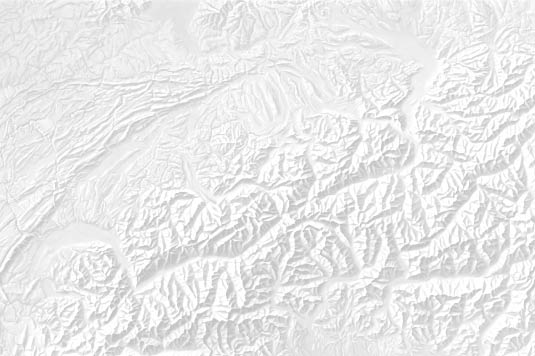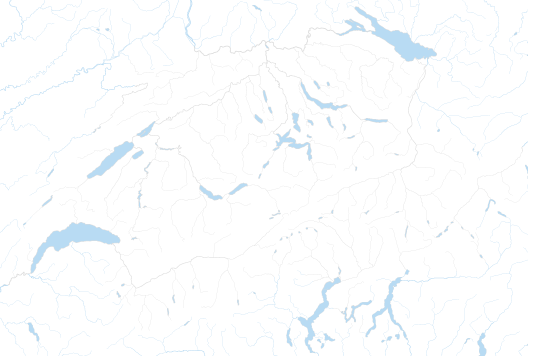Current wind hazards
hazard map


Zürich

Bern

Luzern

Altdorf

Schwyz

Sarnen

Glarus

Zug

Fribourg

Solothurn

Basel

Liestal

Schaffhausen

Appenzell

St. Gallen

Chur

Aarau

Frauenfeld

Bellinzona

Lausanne

Sion

Neuchâtel

Genève

Delémont

Interlaken

La Chaux-de-Fonds

Andermatt

Scuol

St. Moritz

Thun

Naters

Lugano

Vaduz

Baden

Martigny

Monthey

Rapperswil

Davos

Adelboden

Obersaxen

Thusis

Scuol

Huttwil

Faido




Aarau

Baden

Wohlen

Rheinfelden

Zofingen

Appenzell

Heiden

Urnäsch

Bern

Biel

Thun

Burgdorf

Interlaken

Reinach

Liestal

Basel

Vaduz

Balzers

Mauren

Fribourg

Bulle

Murten

Genève

Glarus

Näfels

Schwanden

Chur

St. Moritz

Klosters

Davos

Delémont

Porrentruy

Bassecourt

Saignelégier

Luzern

Neuchâtel

Stans

Sarnen

Engelberg

Giswil

St. Gallen

Wil

Rapperswil

Schaffhausen

Thayngen

Stein am Rhein

Hallau

Solothurn

Olten

Einsiedeln

Wollerau

Siebnen

Brunnen

Frauenfeld

Kreuzlingen

Arbon

Weinfelden

Romanshorn

Lugano

Locarno

Bellinzona

Altdorf

Erstfeld

Andermatt

Lausanne

Yverdon-les-Bains

Nyon

Vevey

Morges

Sion

Martigny

Sierre

Monthey

Naters

Zug

Rotkreuz

Zürich

Winterthur

Uster

Wetzikon

Dietikon

La Chaux-de-Fonds

Adelboden

Grindelwald

Obersaxen

Thusis

Scuol

Wattwil

Bad Zurzach

Huttwil

Langnau im Emmental

Wolhusen

Faido

(0 Message)
(0 Messages)
Updated on: 17.10.2025, 15:06
Teaser
Danger level 1 (No or minor danger)
Danger level 2 (Moderate danger)
Danger level 3 (Considerable danger)
Danger level 4 (High danger)
Danger level 5 (Very high danger)
No danger level
Complex visual representation of the current natural hazards situation in Switzerland. The identical information is available in text form below.
Further information
Links
Federal agency
Dealing with natural hazards
To the top of the page
Last modified 14.04.2020










